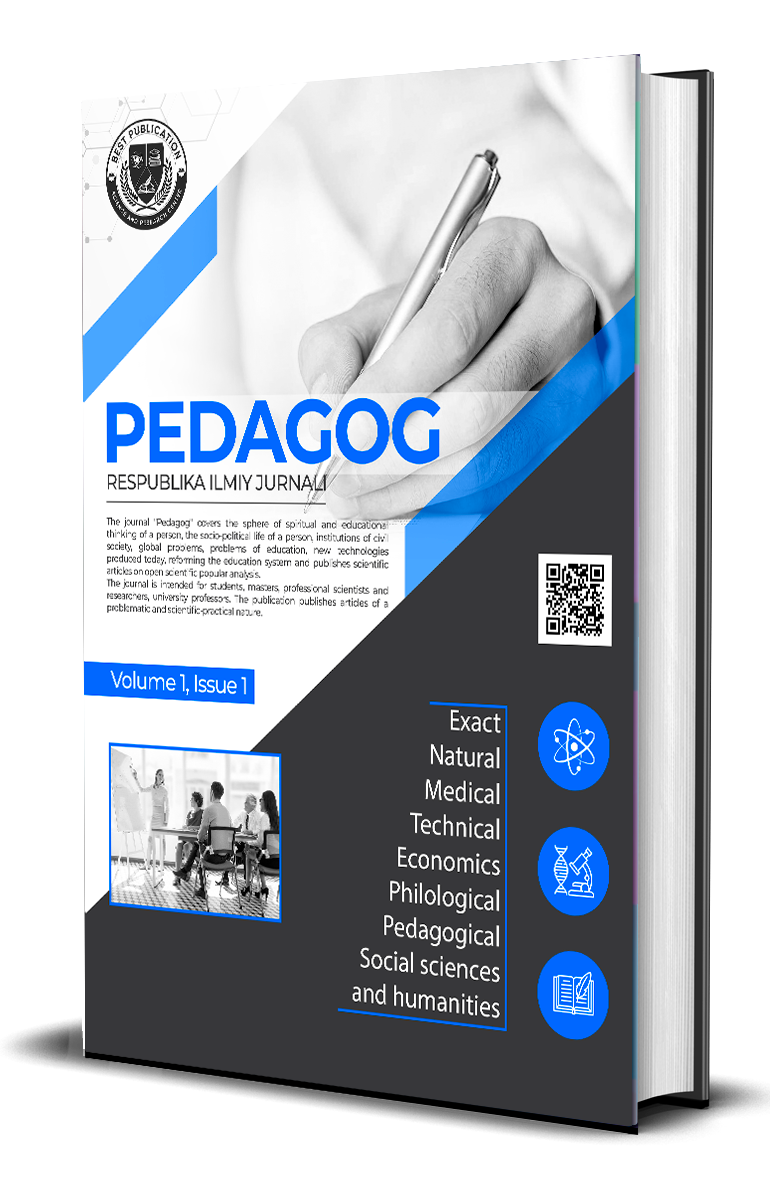THE INTERACTION OF SCIENCE AND ART IN ELEMENTARY SCHOOL LESSONS
Abstract
This paper examines the interdisciplinary connection between science and art in elementary school education, highlighting the value of merging creative and analytical thinking within the learning process. It explores how the integration of artistic and scientific methods contributes to the development of students’ cognitive abilities, critical thinking, and problem-solving skills. By including visual arts, music, and creative activities in science lessons, educators can inspire curiosity, stimulate imagination, and enhance students’ comprehension of scientific ideas. The study also presents practical strategies and examples of integrated lessons that encourage holistic learning and help shape well-rounded, adaptable learners.
References
1. Hasanboeva, O. U. (2020). Boshlang‘ich ta’limda integratsiyalashgan yondashuv asoslari. Toshkent: TDPU nashriyoti.
2. G‘ulomova, H. T. (2021). STEAM ta’limining nazariy asoslari va uni boshlang‘ich ta’limda qo‘llash imkoniyatlari. – Boshlang‘ich ta’lim va fan integratsiyasi jurnali, 2(3), 45–52.
3. Qosimova, M. (2018). Ta’lim jarayonida ijodkorlikni rivojlantirishning pedagogik asoslari. Toshkent: O‘zbekiston Milliy universiteti nashriyoti.
4. Sousa, D. A., & Pilecki, T. (2013). From STEM to STEAM: Using Brain-Compatible Strategies to Integrate the Arts. Corwin Press.
5. Catterall, J. S. (2009). Doing Well and Doing Good by Doing Art: The Effects of Education in the Visual and Performing Arts on the Achievements and Values of Young Adults. I-Group Books.
6. Marshall, J. (2014). Transdisciplinarity and Art Integration: Toward a New Understanding of Art-Based Learning Across the Curriculum. Studies in Art Education, 55(2), 104–127.




